Lucca through a map
Waking up with crazy ideas about tripping around, wandering and taking pictures of.. whatever my eyes like?! Indeed, meet me!
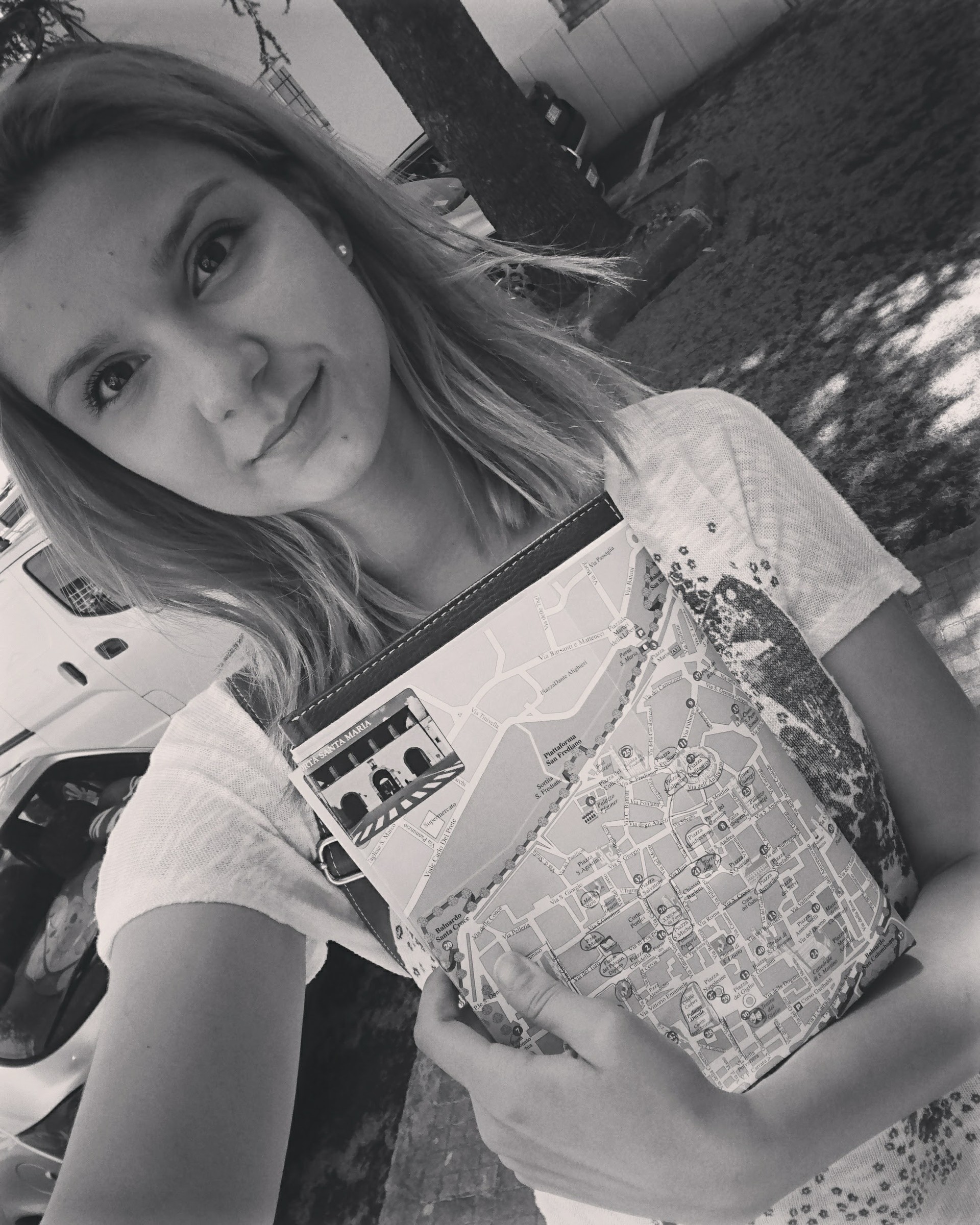
I planned this one day trip few days before having it; I searched online for details of the targets I had in mind, I made a list of what it's possible to visit and, of course, how much time is required for each of the places, monuments, gardens or gates (I'll make myself clear below) that I found interesting and I desired to see them for real.
My first try happened in a beautiful but very hot Monday. I woke up with that feeling of postponing it for tomorrow. Two things to add here: it was a good idea because I could organize myself and book the tickets for the train, save the hours, pack some things and so on; but it was a bad, very bad idea for visiting the museums. Tuesday is that day when they decided to keep them closed!
Let's start with the train. The distance between my city - Pisa - and the destination, Lucca was at about 20-25 minutes and keep this tip just for you: the San Giuliano thermae are between those cities so you can try to mix them by visiting Lucca and then returning for a piece of heaven, or the reverse, charge yourself and then go; but I don't think the reverse is relevant and applicable. I still have the tickets from Pisa Centrale to Lucca and back again home. I'm pretty proud of me, I took the train early in the morning at 9. The train station is very close to the old city, you just go straight and turn left to the closest gate - Gate San Pietro - but I advise you to embrace the kindness of a map from the train station you left behind few seconds ago with me!
Once inside, I took my pen and I opened the map covering my agenda with it and start the treasure hunt!
I won't start with that gate but with the old impressive wall of Lucca.
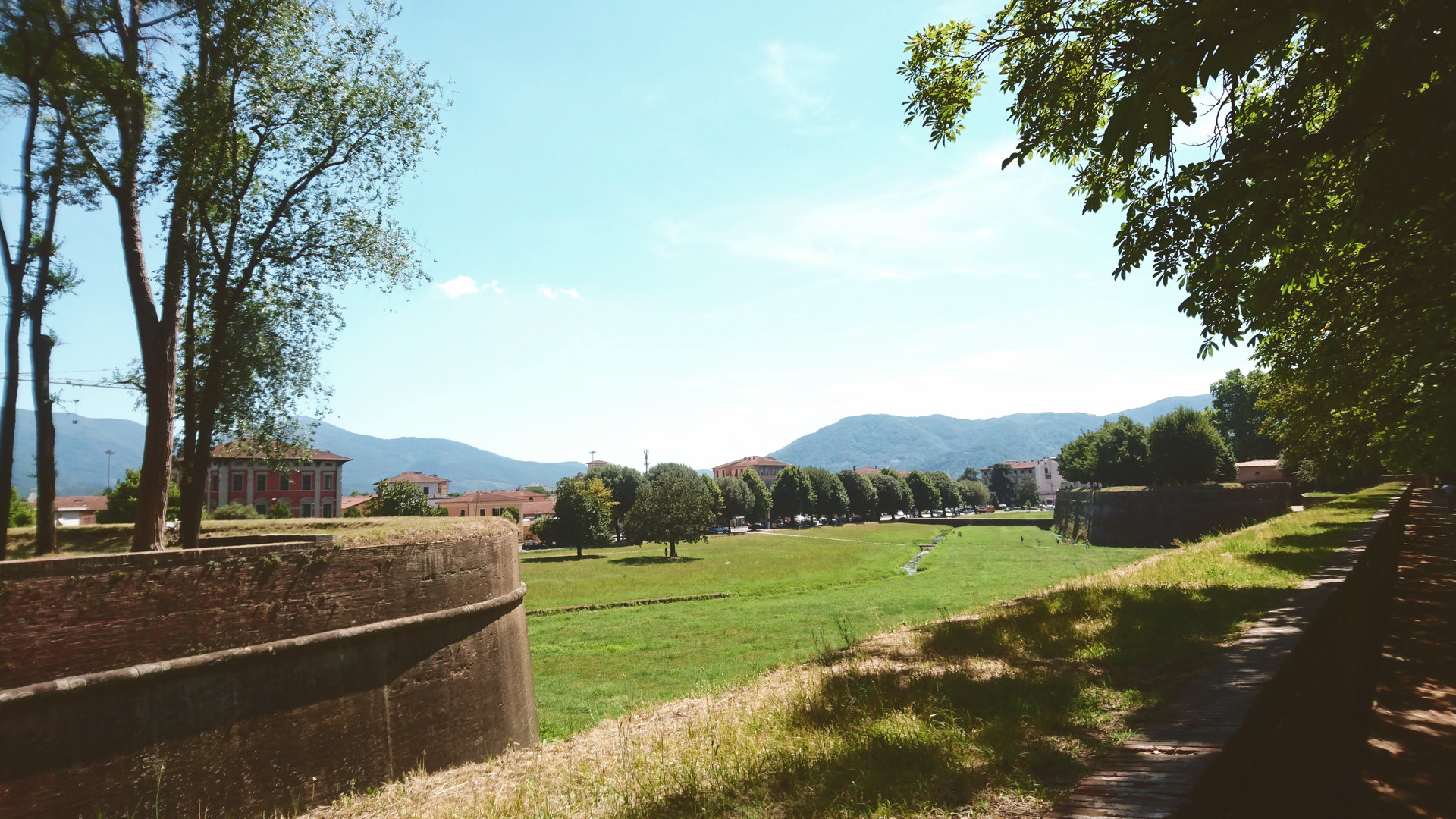
It represents the symbol of the city, perfect for promenades or bicycle tours along the entire course that encloses the historical center. The present curtain wall stems from the Renaissance, has been finished in 1645 and marks the fourth wall of Lucca. Why? Well because the Romans were here earlier than artists and built some walls in 180 before Christ - then came the third wall in 1544 (quite close to the last one). On the total length of 4, 2 kilometers are distributed a number of 12 bastions; the construction is 12 meters high, fortified by brick walling, externally encircled by moats and protected by earthwork and protective barriers.
The town gates are provided with draw-bridges and iron bars to bolt the town and make it impregnable! Boom!
I count six gates and I only saw one!
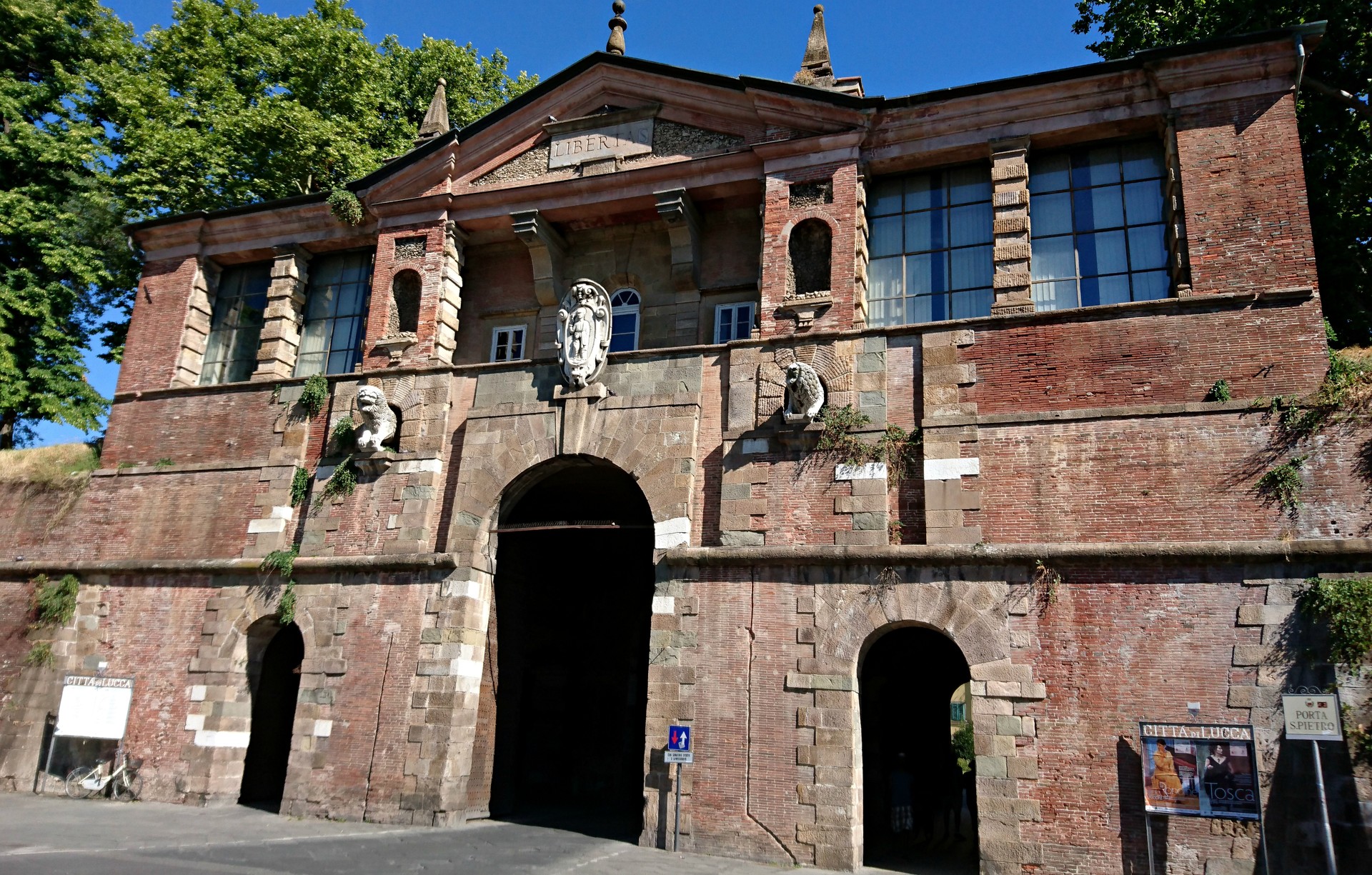
As you can see, above us is the only gate I saw, the Renaissance "San Pietro" from 1565 - amplified by two arches at the sides in 1846 -. In the other's case, I can only name them and send you through a link to them: Santa Anna, S. Donato, S. Maria, S. Jacopo, and Elisa (decorated with bands of white marble and opened at the request of Napoleon in 1804; the gate's name comes from his sister, Elisa - princess of Tuscany).
I had a walk, losing myself for so many times among their narrow streets that create a perfect image of a high-level sophisticated labyrinth. First building that I have seen was the back of the "Teatro del Giglio" because, as I said, my compass isn't really my friend - I used to say that I own a XIII century compass - so it took a while to find the right streets and go further, make steps in walls open wide arms.
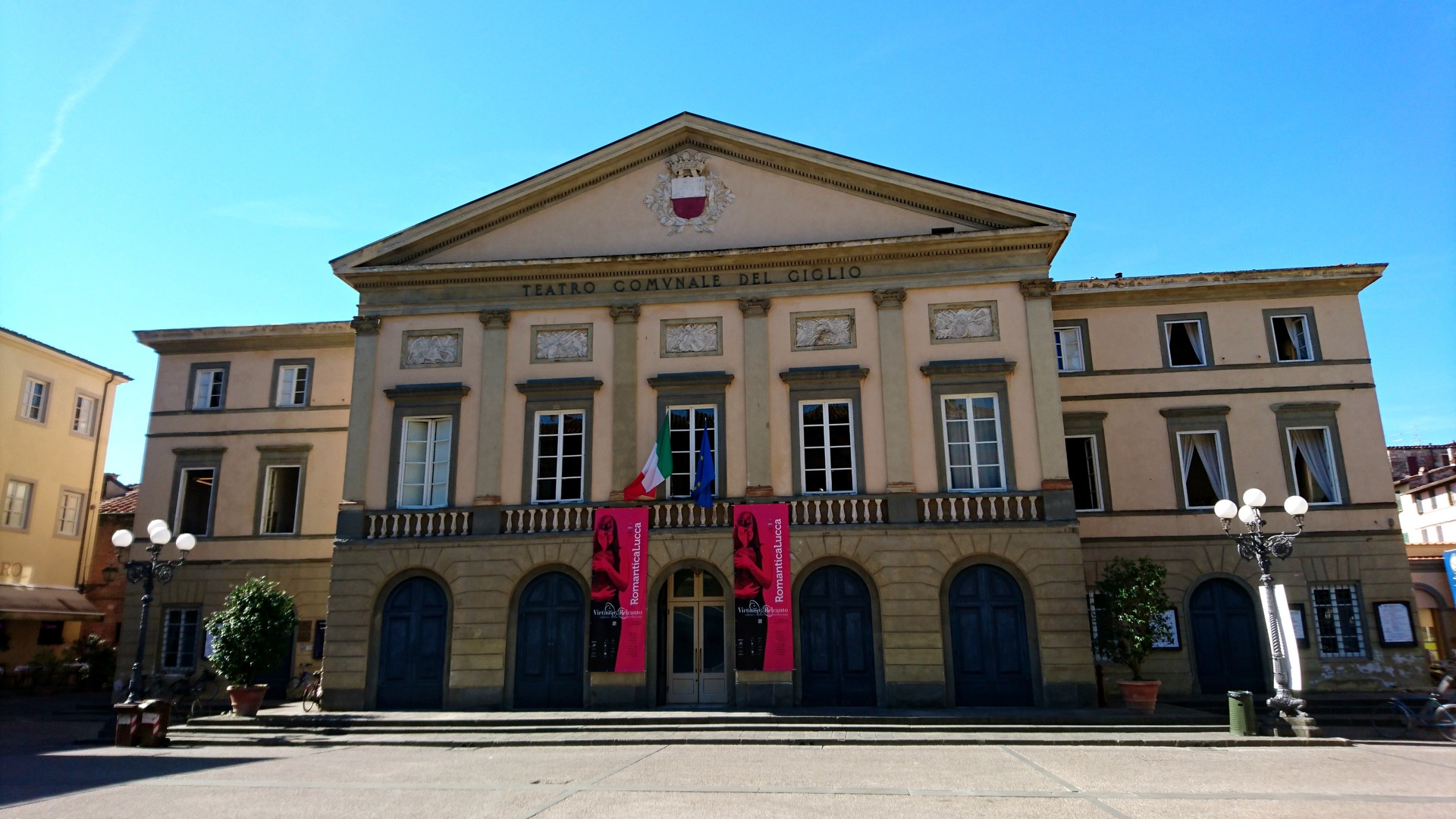
This is the theatre, very big, impressive but closed; I found it in "Piazza del Giglio", actually there are two squares one close to the other - where is held the summer festival - and the area is quite big. Next thing that I intended to circle on my map was the Palazzo Ducale, found and captured in some nice pictures. Generous backyard, evergreen trees that hide the old and mysterious residence of condottiere Castruccio Castracani, restored and used as residence by Paolo Guinigi.
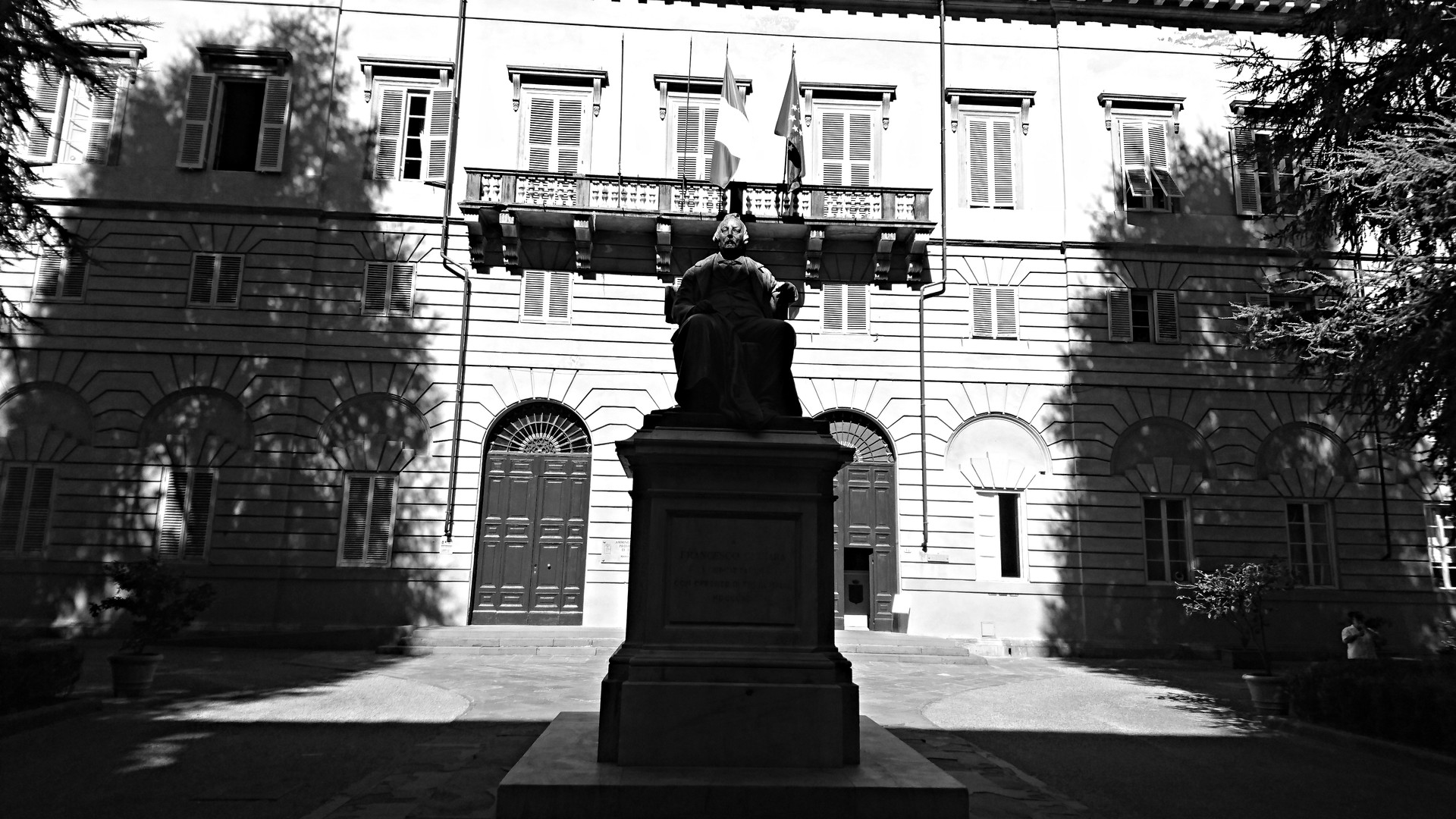
As we are used to beautiful architecture among the Italian churches, here I visited about five churches, again, impressive by their stories, decorations, and history.
Chiesa di S. Romano from XVII century came without any description for the public but delighted me with, what we call, the veracity of the material; I raised my eyes to admire it from the bottom to its top.
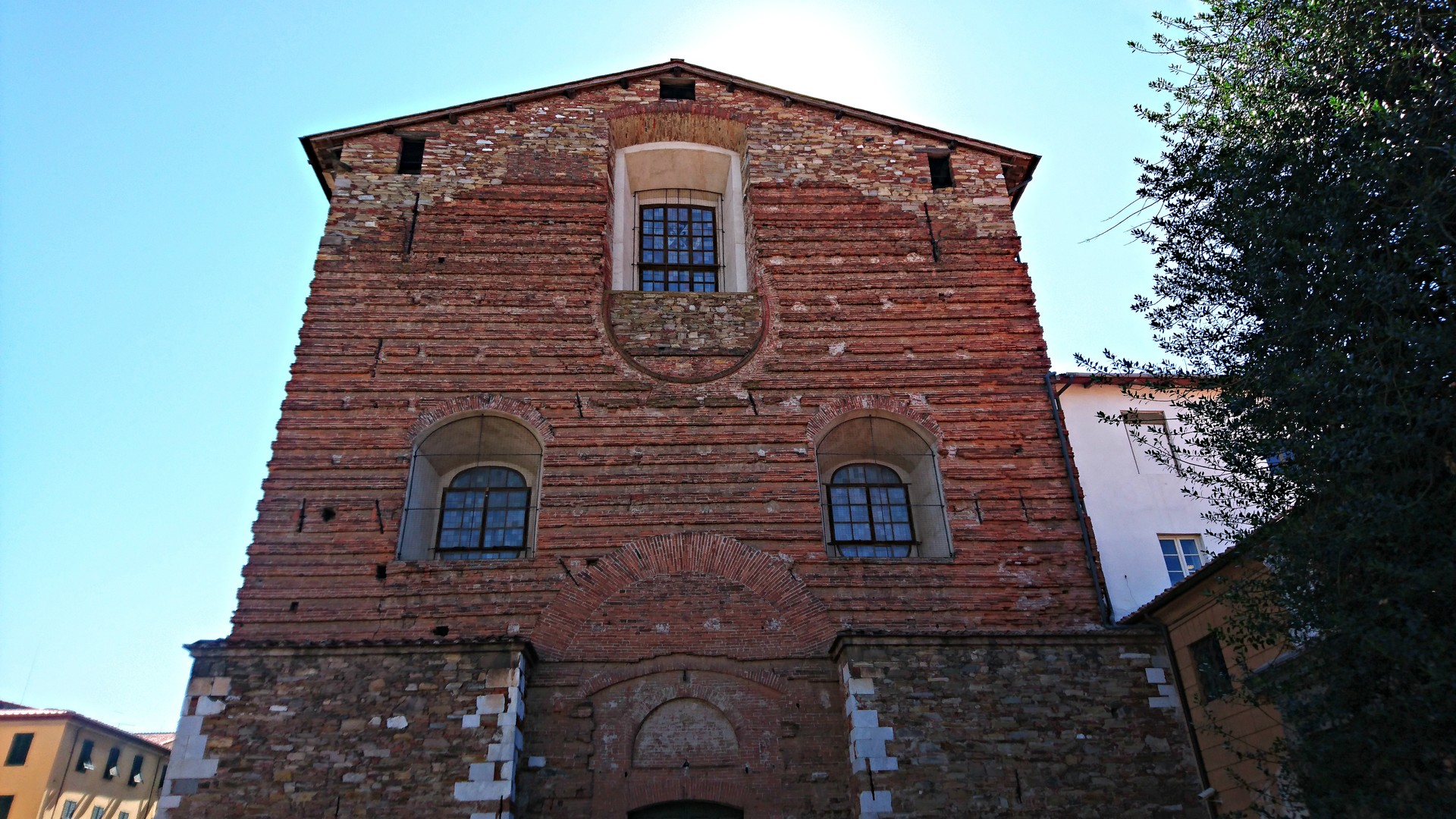
I've seen a lot of churches and I don't know which one can be "my number one", but I assure you that, besides any belief, what you have in front of your eyes tells you more than a man's word. Think about the period, the materials, their possibilities, the historical context and the reasons can go on... What I really want to bloom in your minds is the aspect of a vast curiosity.
And we can go further now to a museum that hosted a series of comic events; its name is Museo del Fumetto and from what I've asked the people around, it is open every year during Comic Festival; but it was closed for visitors plenty years ago.
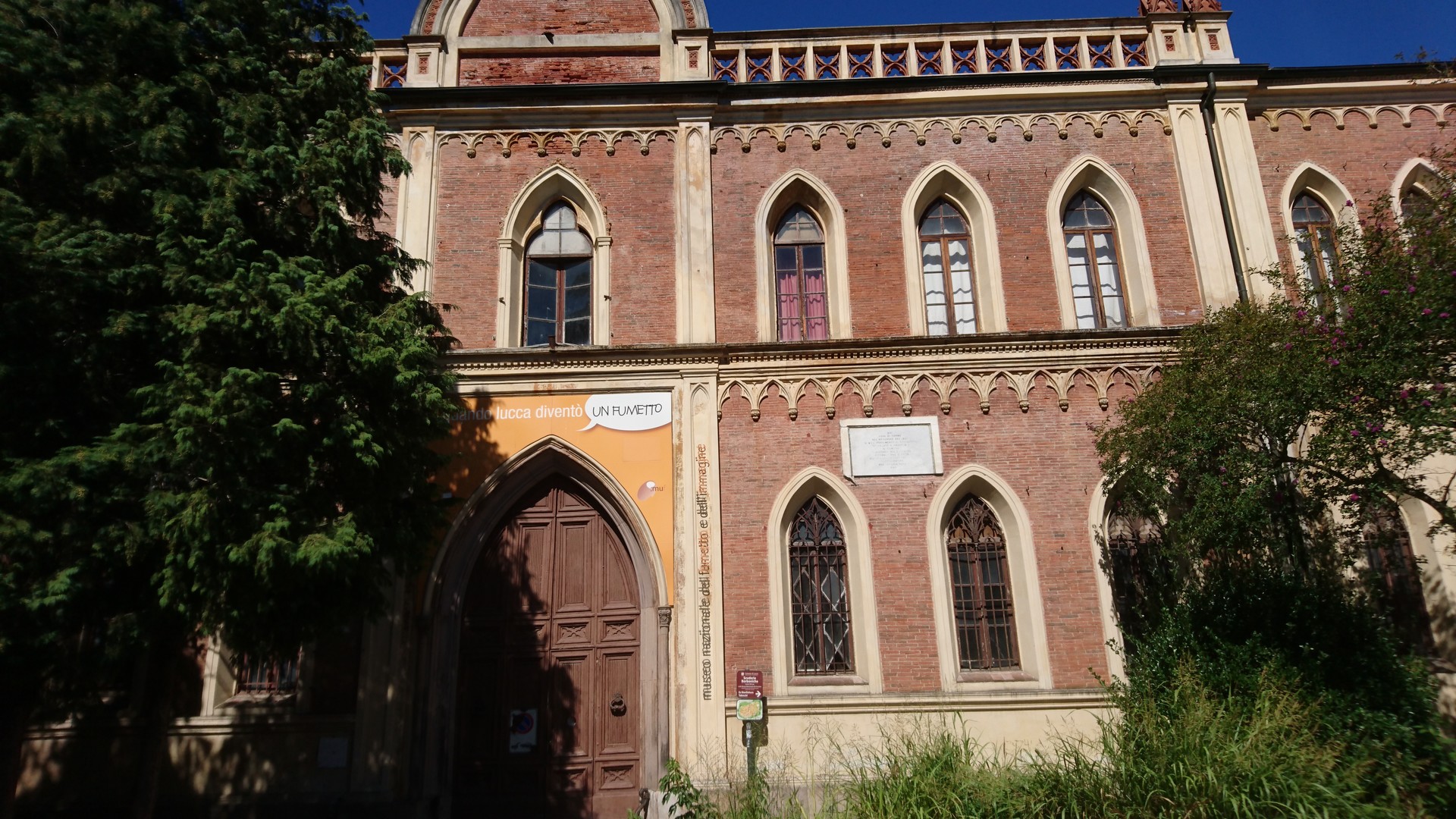
At the middle of Via Galli Tassi that goes straight to another important building, the Mansi Palace Museum - closed on Tuesday - you can find a small square, Piazza Maleonetti, where you can rest a bit and admire the beauty around you, or organize for the museum...
- If I forgot to mention this detail above, now it's the right time to say that there are squares, Piazze, at every end of the streets you see for real or on the map and all you have to know is their name in order to guide yourself through the right destination. There are big squares which host churches or monuments, "Palazzo" or good restaurants with delicious food.
For example, Piazza S. Frediano and Piazza Scalpellini are very close to/around the big, round one named Piazza Anfiteatro; this large square is unique here in Lucca because of its circular construction - an architectural harmony - in which is not so easy to get inside because of its small entrance hard to find.
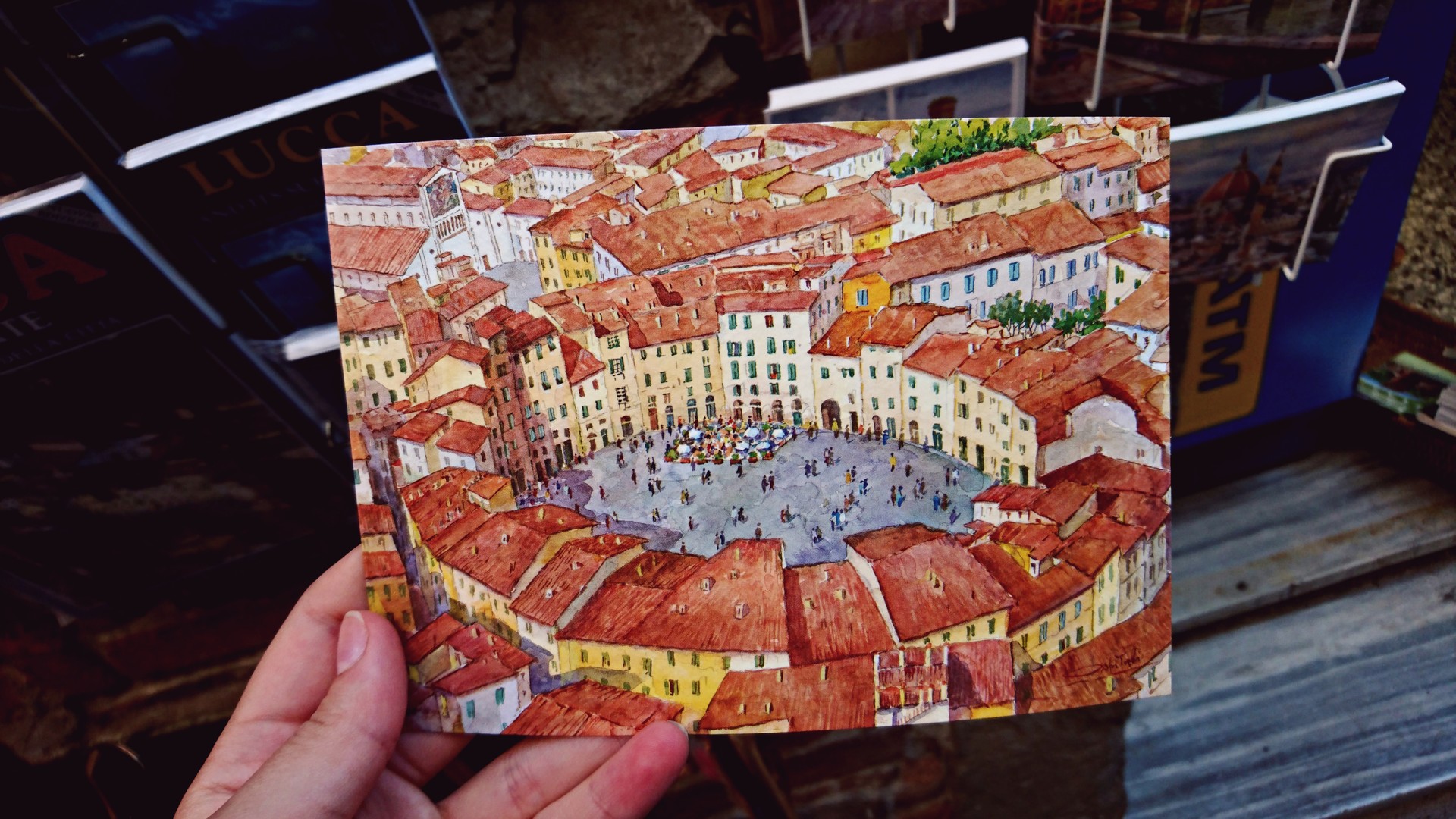
- the position, the spatial dimensions of the amphitheater and its elliptical surface came from the imprint left behind in Lucca by the Romans
- in Roman times its external configuration was put in contrast to the town's rectangular fence and could be perceived by exiting the northern gate
- the meaning of the amphitheater in the current town, however, is not gradable if one doesn't take into account the role played with the other parts of town, its many and different uses employed through the centuries, up to the activities as town market and today's events
- the specific delimitation of the basin, built geometrically in XIX century, has never acted as a limit - or to be used in a different way, other than its original one or its original purpose -
- Space inside welcomes locals and guests, hosts concerts and cultural events, business meetings and public speeches
The expressive value, the dimensional emergency and the formal references to classical art in Igor Mitoraj's works break the geometric surface of this square and introduce a new measure in the urban area. The middle of the square is so happy to embrace a, let me say, modern bronze statue, well worked by Igor and entitled TINDARO.

The beautiful panorama-view over the old city is provided by the two towers that raise their hands up to the blue sky to keep you at the highest height!
First is the clock tower or Torre delle Ore recently restored, located in the central Via Fillungo, being the tallest in town.
- in 1390 the first clock was mounted, marking the hours just by sounding a bell, and after a century the clock face was applied
- over the following years, many adjustments were made to the clock's earlier mechanism, in 1752 the Republic of Lucca commissioned the construction of a modern mechanism from the Genevan clockmaker Louis Simon
- after only two years, a new clock face was installed and all the bells, melted by the smelter Stefano Filippo were replaced
- the hours are marked in the Roman way (from one to six) by the biggest bell, while two smaller bells are struck to mark the quarters
- reach the top of it by climbing the wooden staircase, made of 207 steps!

Moreover, the ticket for these two towers is combined, so for visiting both of them, Torre delle Ore and Torre Guingi, all you need is 6 euro!
About Torre Guingi - is more comfortable to climb its stairs because it is larger than the clock tower and inside it hosts a series of paintings of Pinocchio and his adventures. Also on its top you'll be surprised to find some beautiful trees and a small garden around them but cannot stay too much there because of the lack of space.
- this tower was the property of a rich merchant family from Lucca, the Guingi, which planted on its top century old holm-oaks!
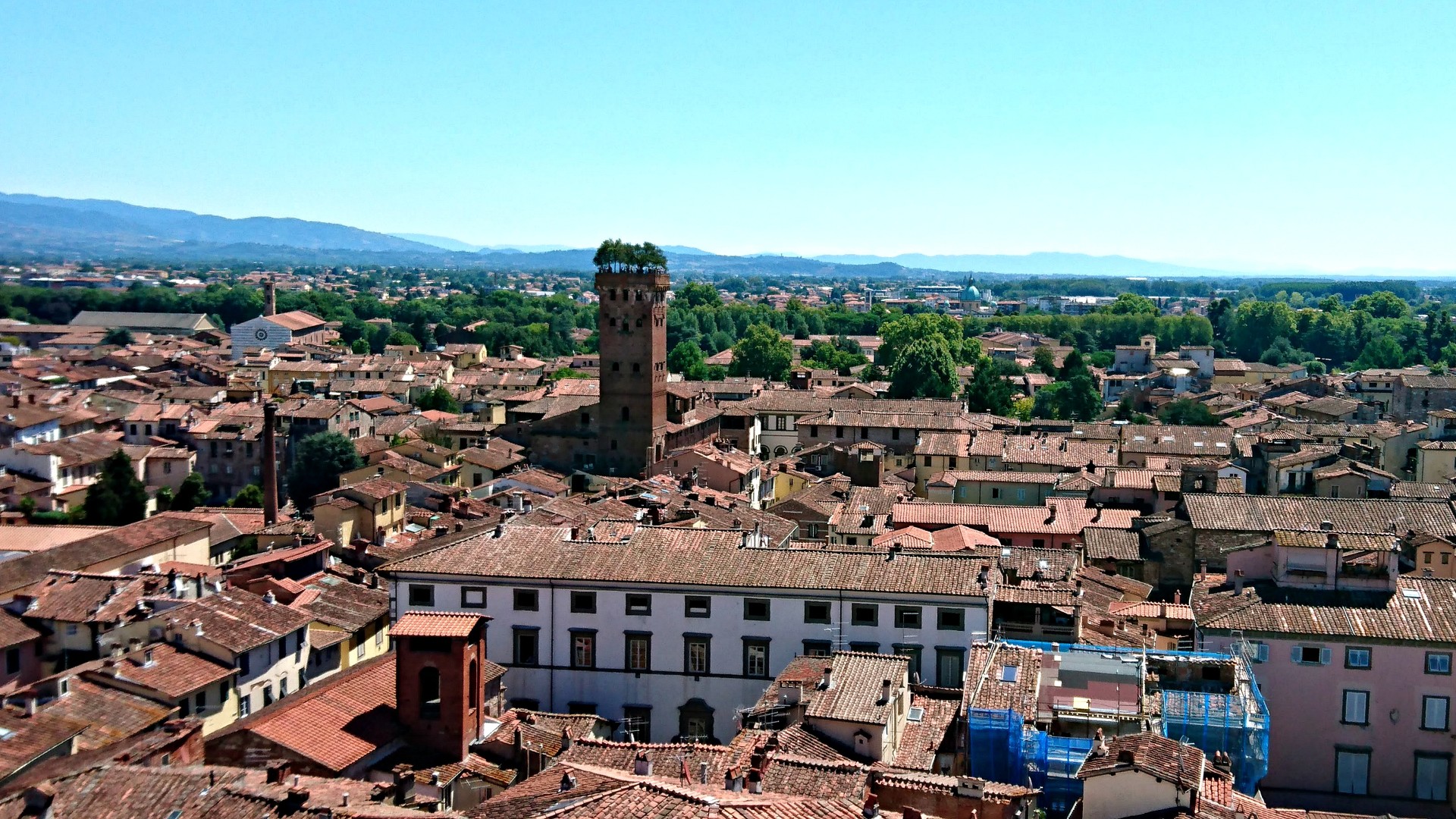
Beautiful to be visited, having an impressing history, the Saint Frediano's Basilica is a Romanic one - an XI century church - was built above an older church and dedicated to Bishop Frediano - 560 until 588 - it shows on the facade an exquisite mosaic in Byzantine style, opus of Berlingheri in XIII century. Inside the chapel of Fratinelli or of Saint Zita, whose mummified body is here, are frescoes from XVI century of "Madonna del Soccorso"; another chapel, Trenta, has the remarkable painting of "Madonna con Bambino e Santi".
- Admission: every day from 9:00 to 18:00
- Tickets: 3 euro full price and children under 11 years can entry for free
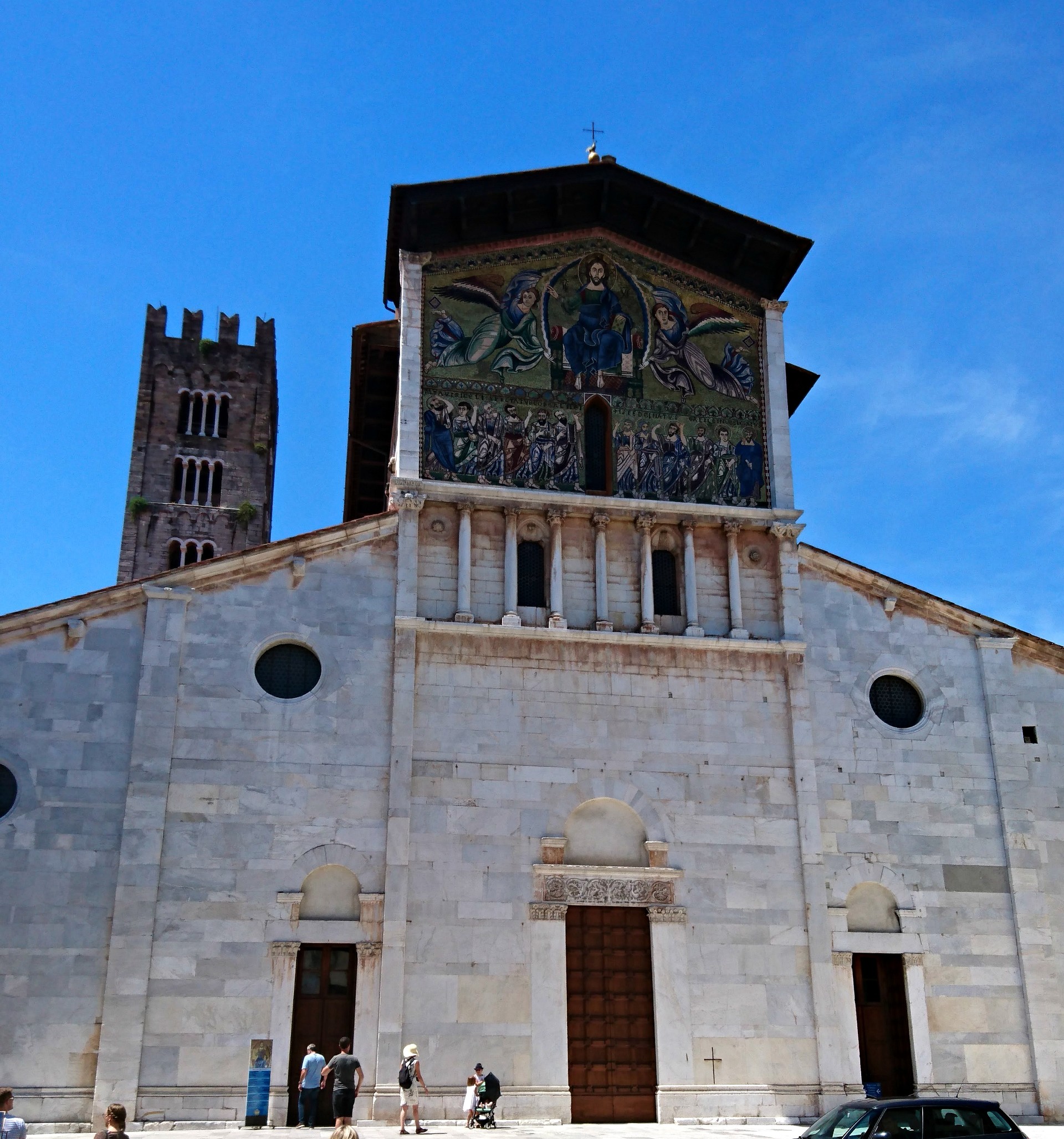
Dome San Martino tells a story of centuries... This church was built by Bishop Frediano in the VI century, dedicated in VIII century and rebuilt in XI century. As we can see, it is a model of a Romanesque-Pisan style and shows a symbol of a labyrinth engraved in one of the facade's columns. Inside is the marble-sarcophagus of Ilaria del Carretto - wife of Paolo Guingi - created by Jacopo della Quercia in 1407. In the center of the left side wing, you can admire a small marble temple - a work from 1482 - with the holy face "Volto Santo" and an old wooden crucifix.
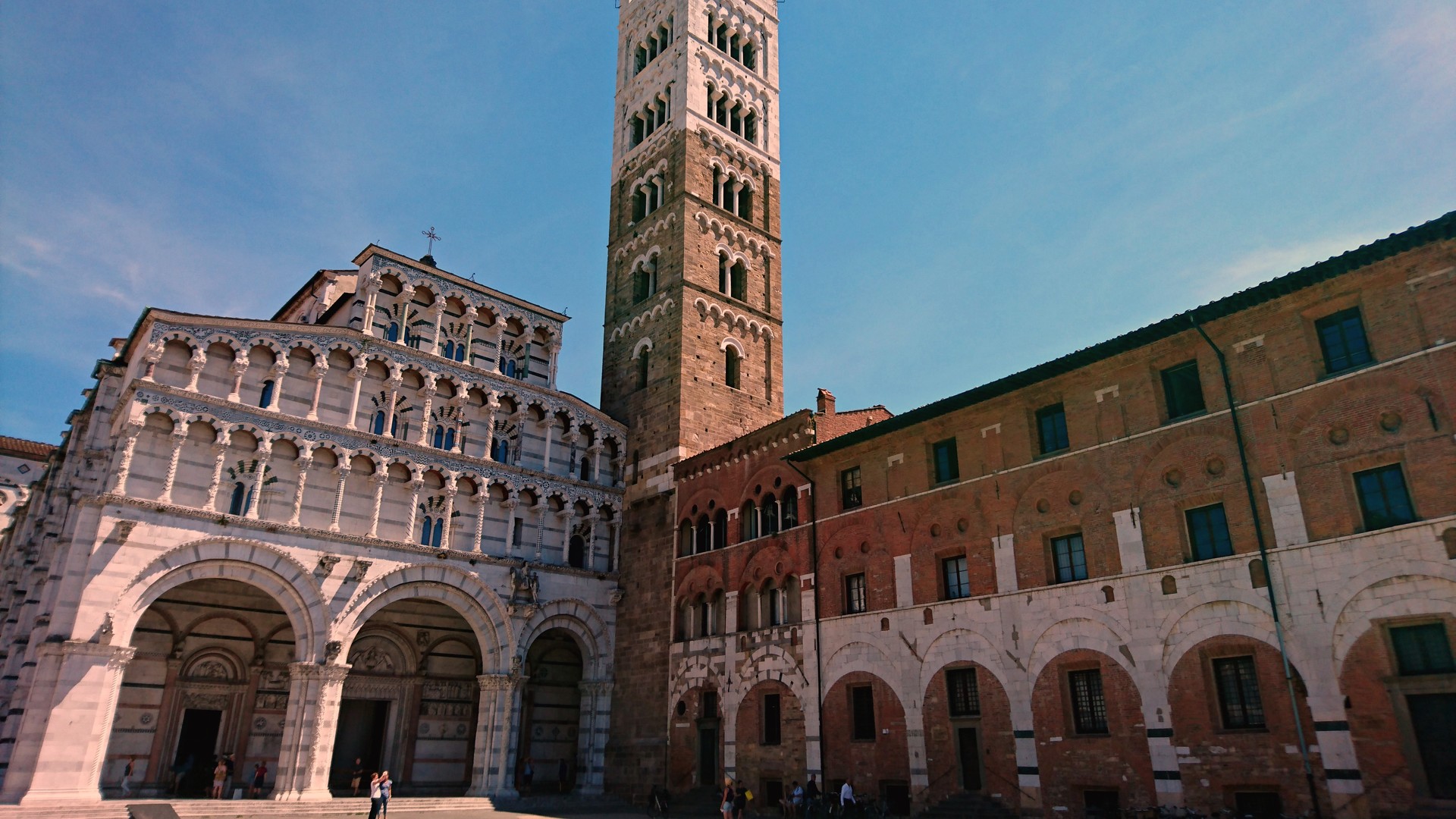
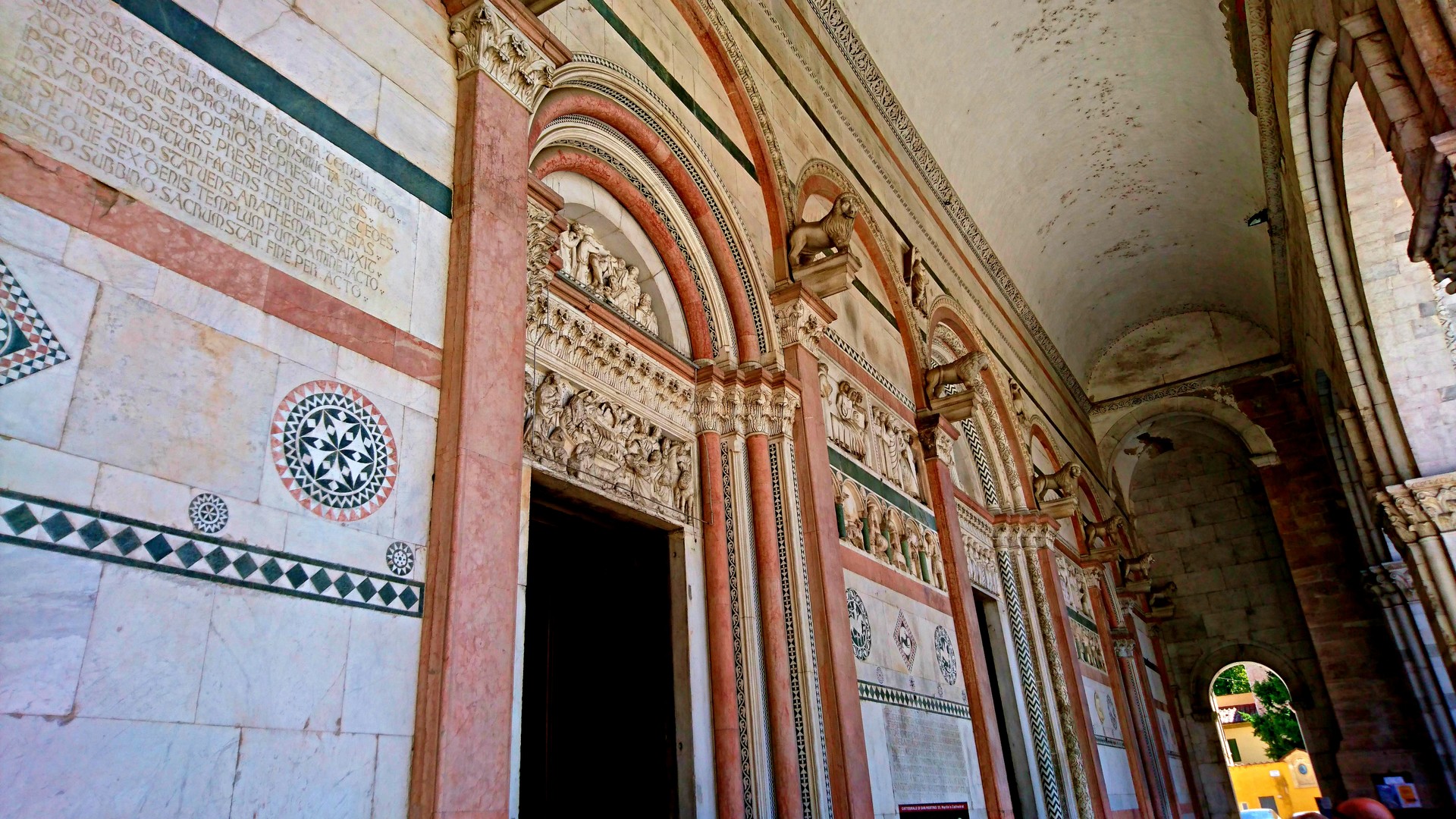
The last church I wanted to talk about is indeed the most important one here in Lucca for both citizens and tourists.
The San Michele in Foro...
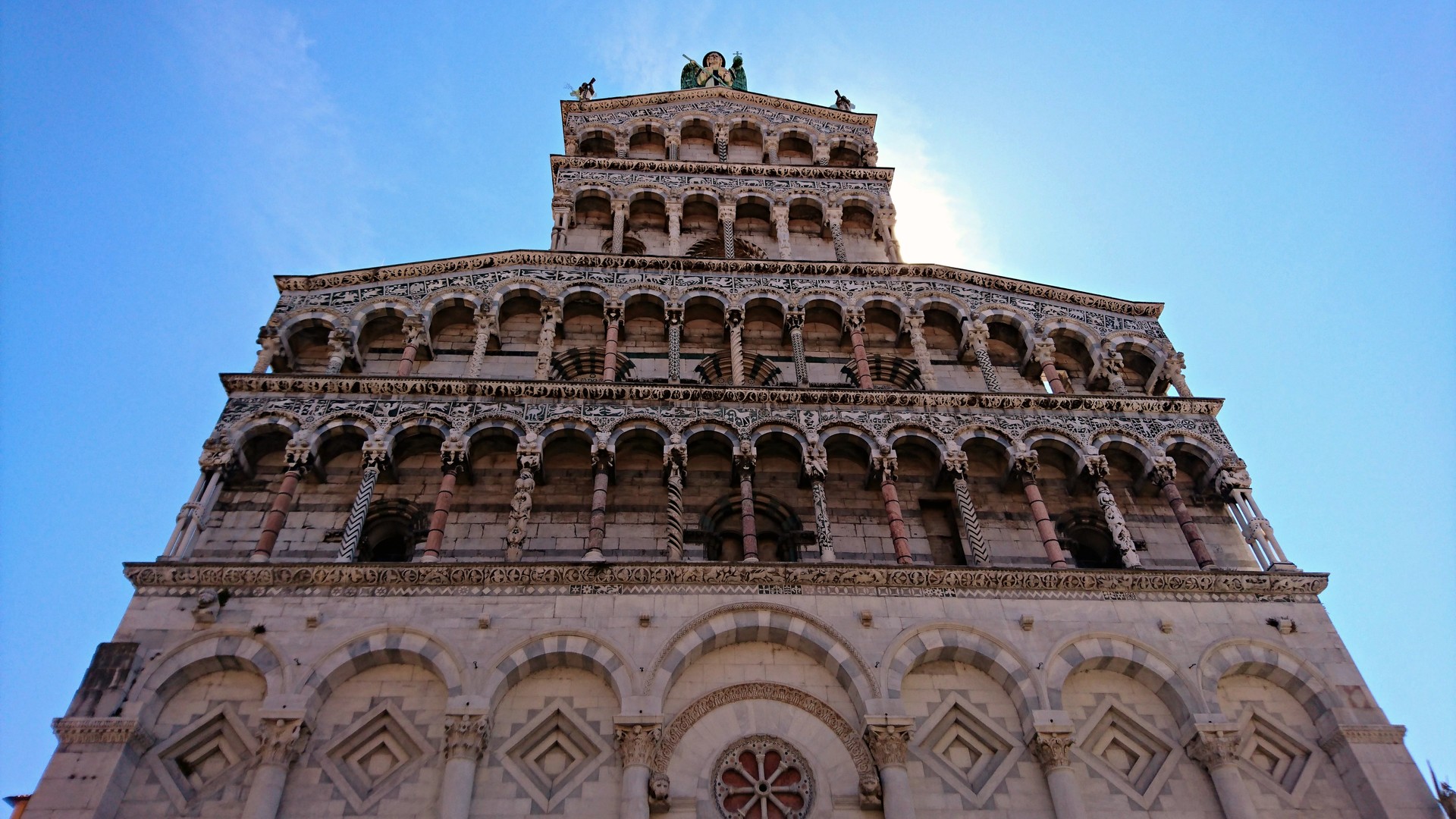
- a church dedicated to St. Michael grew up in the center of the Roman city's ancient forum in the VIII century, and a hospital and a monastery were later added to this
- renovation work began in the XI century and continued until the XIV
- the decorations of the windows and of the crypt date from the same period
- the bell tower, whose lower part at least was built during this construction phase, was laid down on the right transept
- the first order of the outside walls is divided by blind arcading into columns with foliated capitals, in front of which an architraved dwarf gallery is super-imposed on the apse; below the arches on the facade are sunken lozenges which accentuate the already clear influence of the Pisan style
- the building was organized into tiers of dwarf galleries with lavish bas-relief and marquetry decoration of the small columns and the masonry
- the project was especially characterized by the use of two colors; the upper part, completed towards the end of the XIII century, has a Gothic feel, emphasized not only by the stylistic changes in the decorative elements but also by the three statues placed on the top of the facade
- many of the original columns were replaced with copies, and, in particular, the sculpted figures on the imposts of the arches were substituted with "portraits" of contemporary figures such as Garibaldi, Napoleon III, and Cavour
- at the beginning of the XV century - until the XVII - a complete reorganization of the interior had begun; vaults were added over the nave and aisles, large rectangular windows were created, and the two large arches on which the bell tower was supported were closed in, thus forming two chapels at its base; majestic altars were placed along the nave and aisles and in the left transept
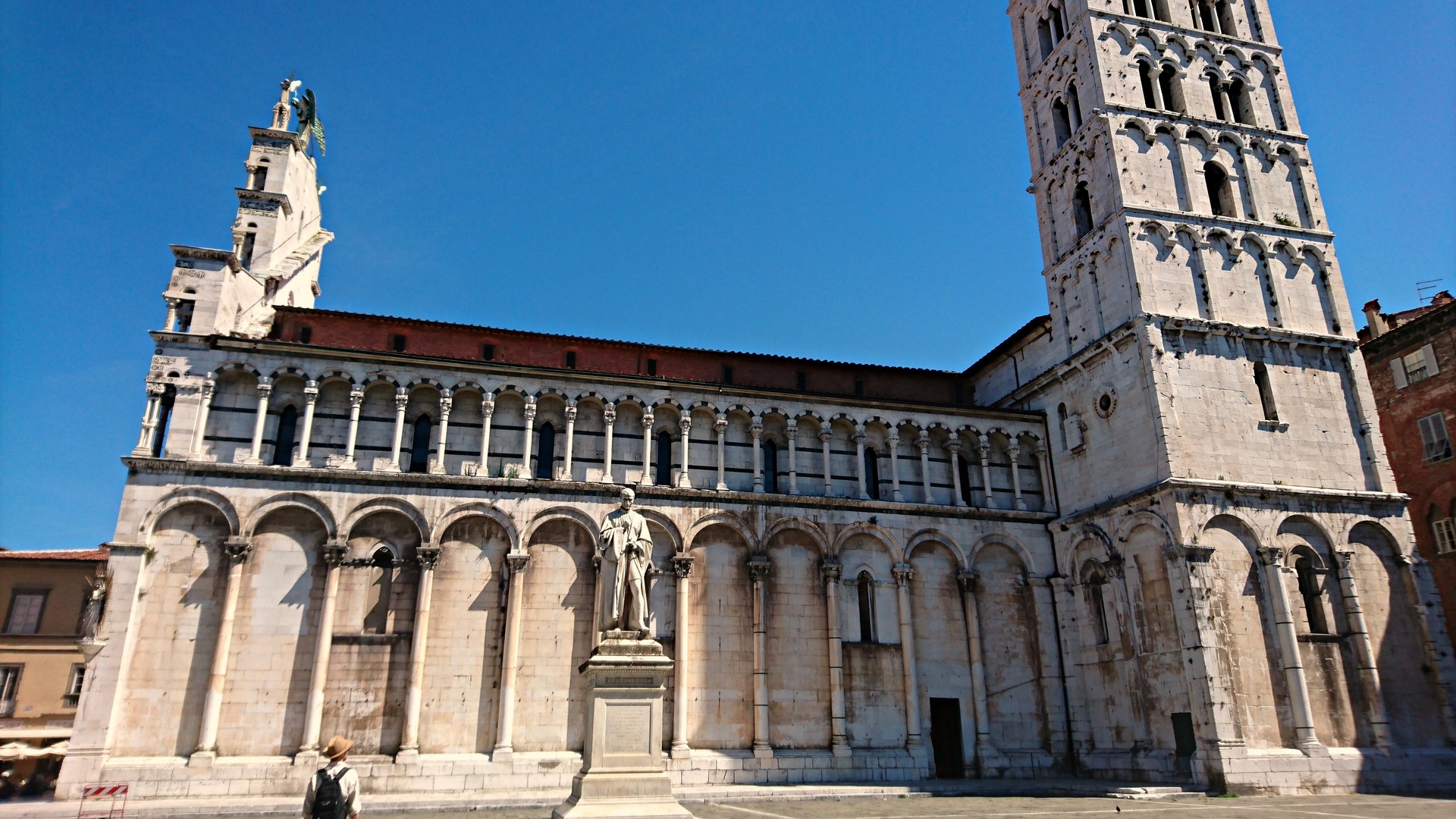
This are, in general, the ideas that you should know until you visit it - just to have an overview or to be a bit prepared for what you'll see - because it is better to understand the visual image, not just to watch them.
No city without a Botanical Garden!
Indeed, I couldn't pass over the "Orto Botanico di Lucca" and not say hi to its beautiful species, green trees, and lovely colorful flowers.
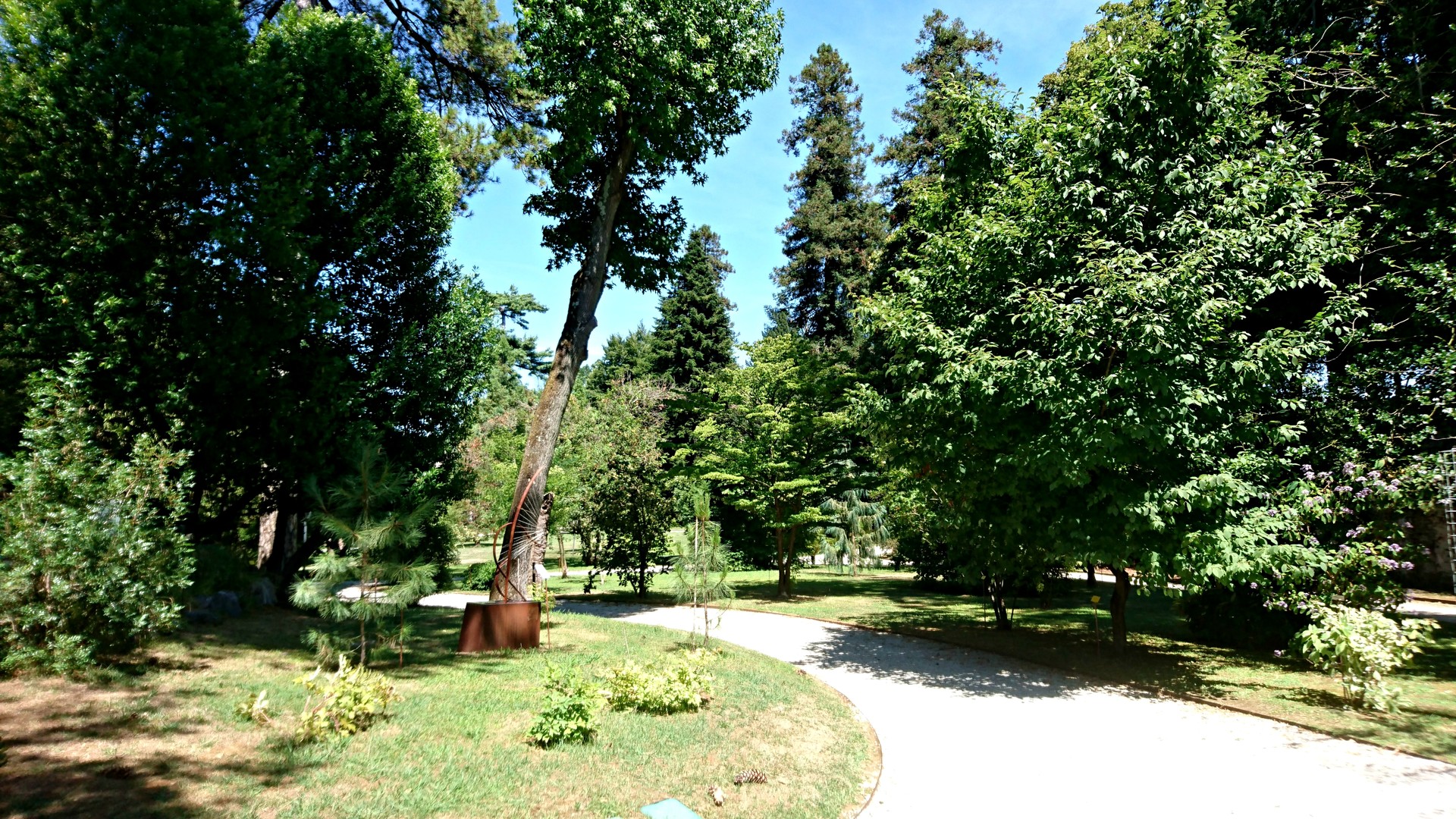
As I found in Pisa, at every part of it are signs and details shown or even the small labels with the name in both Italian and Latin. I count around 13 parts, so I think it can be divided into 13 but I'm not sure.
- for example one of the collection is entitled "Ericaceae and Theaceae" - with particular reference to the genera Rhododendron L. and Camellia L. different entities belonging to these two genera have been widely and part of the cultural-historical tradition in the Lucchese garden
Important to know is that the botanical garden dates from 1820 thanks to Maria Luisa di Bobone! But I'll leave in your hands the rest of the story in order to discover the historical part of it.
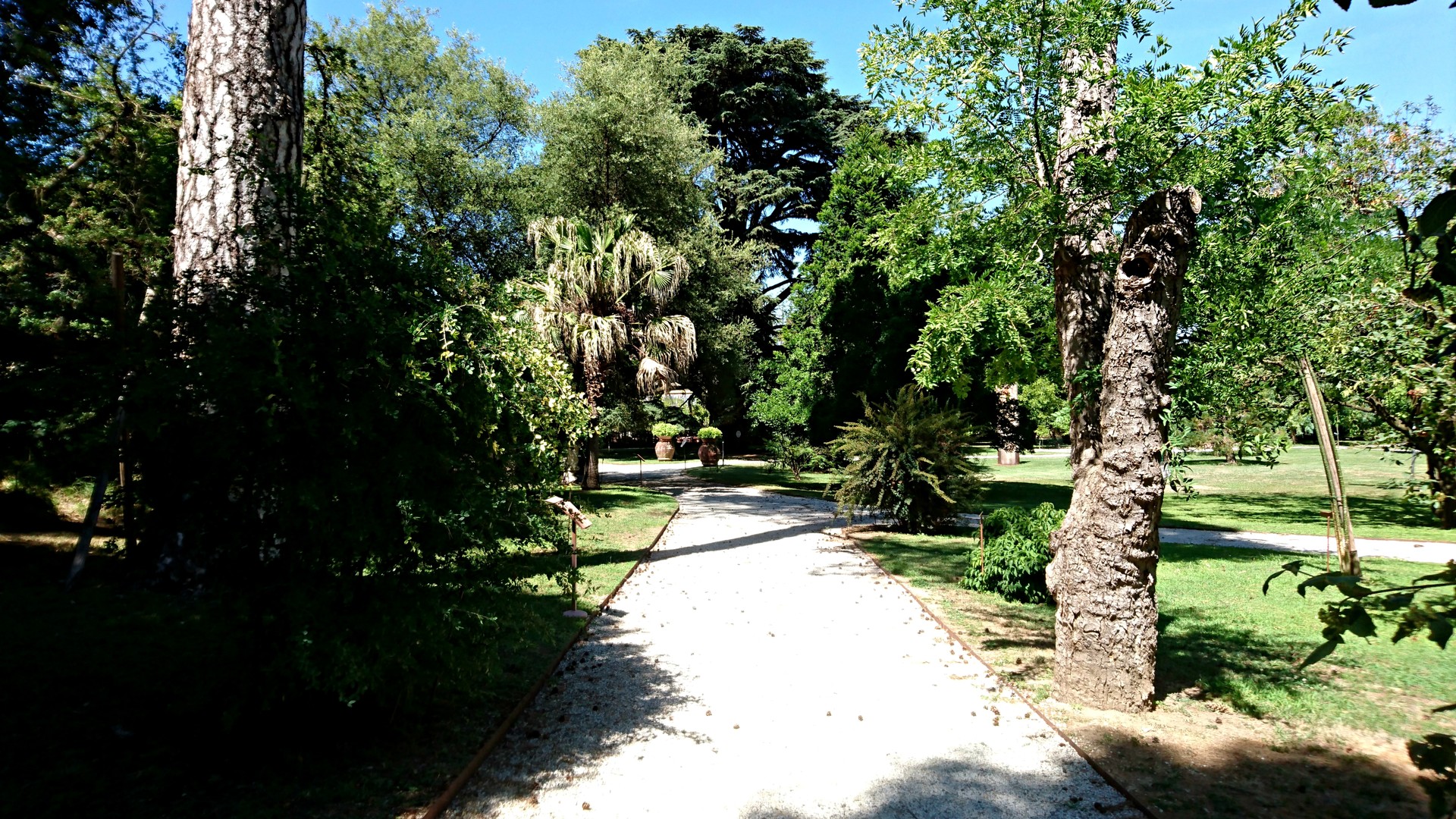
By the way, have you ever seen wooden instruments worked in a contemporary style and exposed like a piece of "fairy tale art"?
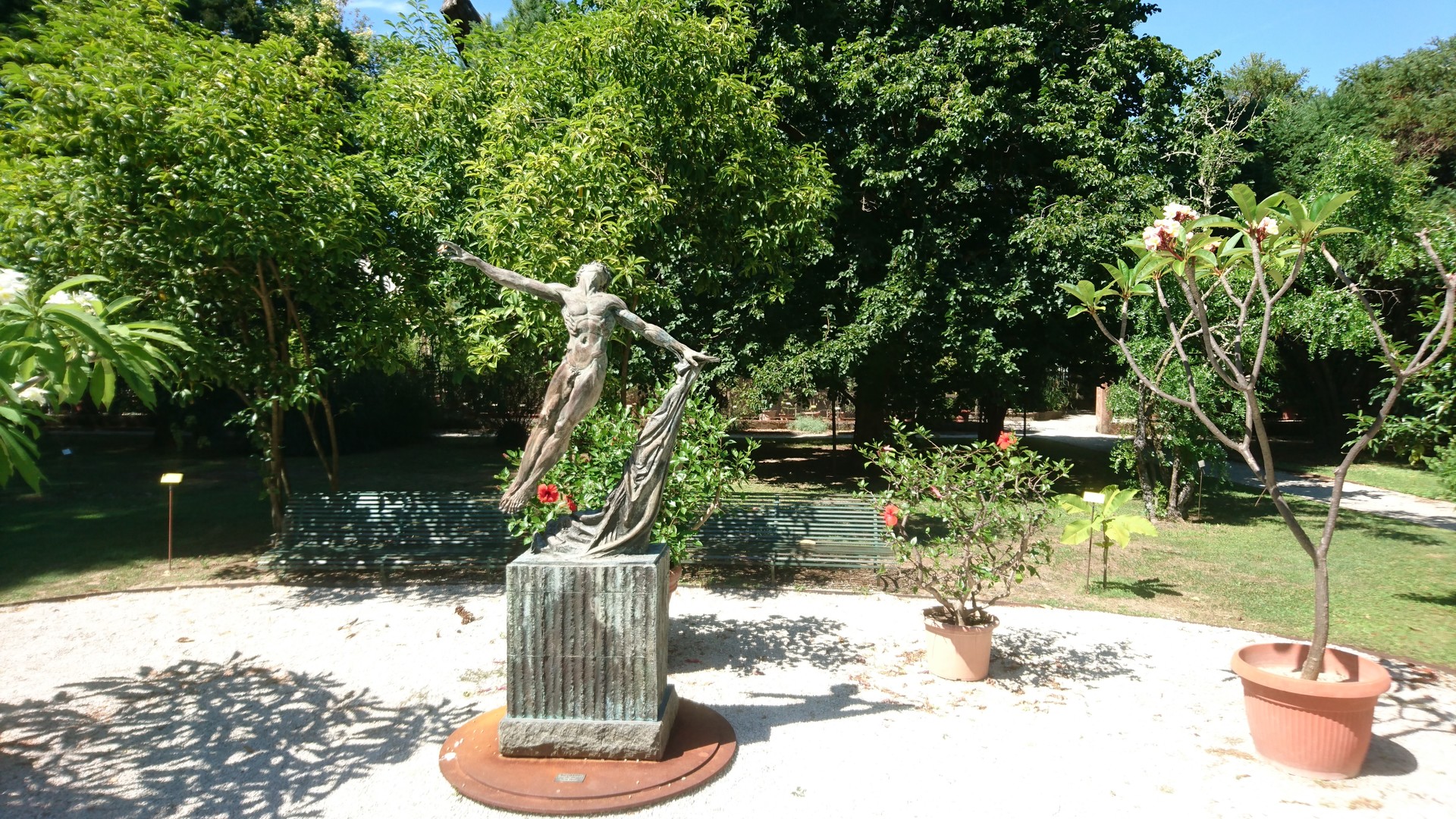
The exhibition's name is M. A. N. or Melodia Arte Natura (Melody Art Nature) and all the credits go to Roberto Giansanti.
- the works illustrate the special relationship perceived by the artist between man, artist, and nature
- the monumental ones animate the green areas of the garden
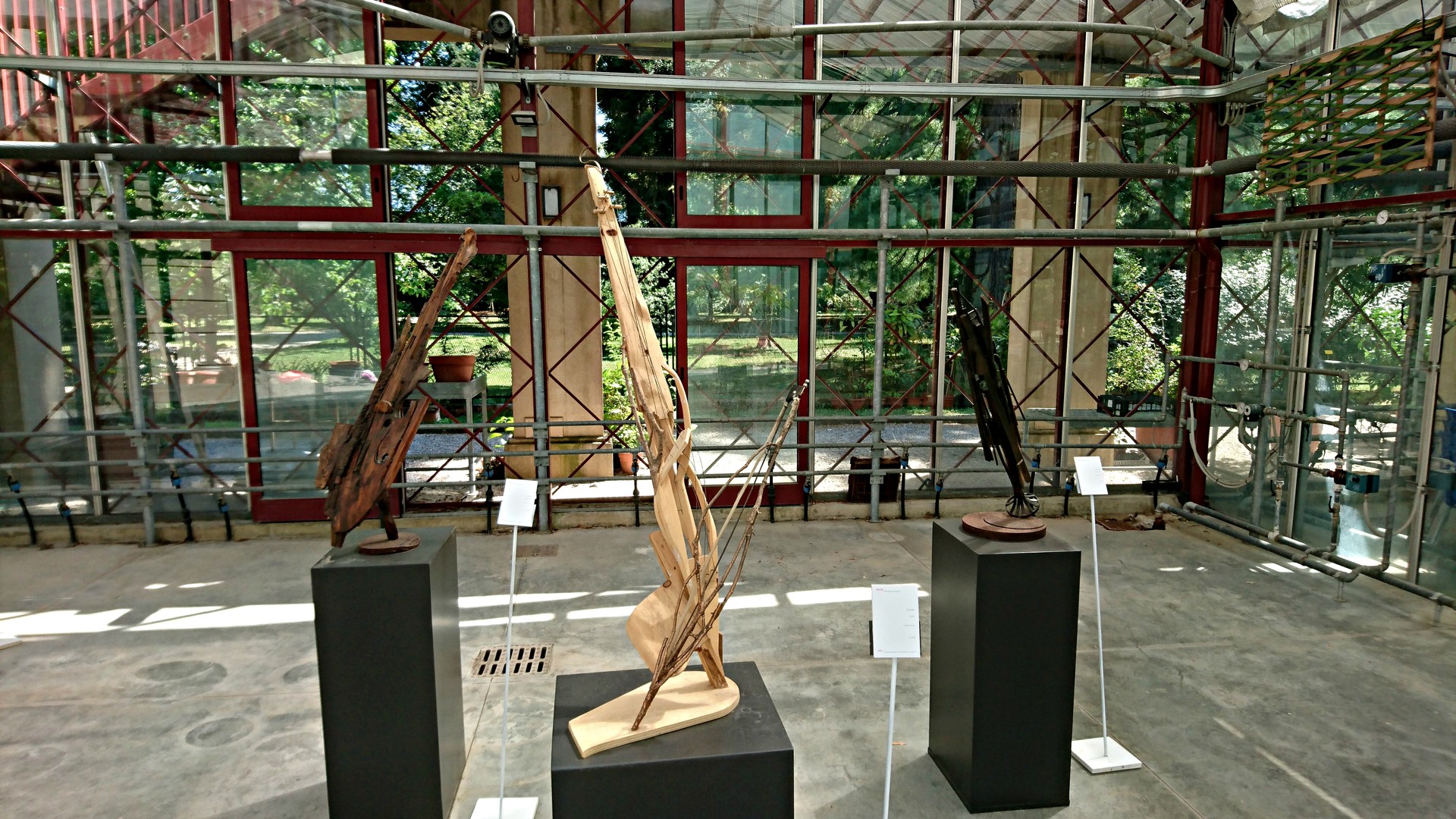
To be honest, and to end this article in a colorful and positive way, I left them wrote my opinion and I said that I really appreciate their work with all the plants, with that amazing instruments and I thank them for making them possible for us!
Photo gallery
Want to have your own Erasmus blog?
If you are experiencing living abroad, you're an avid traveller or want to promote the city where you live... create your own blog and share your adventures!
I want to create my Erasmus blog! →








































Comments (0 comments)